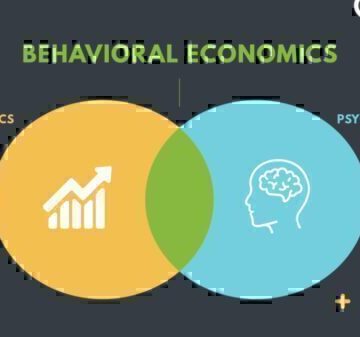In some cases identity thieves seem to go out of their way to make life miserable for their victims. The time and money spent cleaning up after an attack of identity theft can be very costly. If you are concerned about identity theft, you can purchase identity theft insurance. Here are a few tips to help you evaluate this option.
The Federal Trade Commission says that the average out-of-pocket cost of dealing with an incident of identity theft is about $1,000, mainly for things like certified mail, notary seals and phone calls.
This is where identity theft insurance can be helpful as a means to reimburse you for the cost of regaining your good name.
But the question is; do you really need identity theft insurance? Here are some things to consider:
1 – Make sure you are not already covered
Before purchasing separate identity theft insurance, take a good look at your current homeowner’s insurance policy. Many companies are now including ID theft insurance as part of the homeowner’s policy, so you may already have identity theft insurance and just don’t know it. Some credit card companies and banks also offer identity theft insurance as a benefit for their customers. Check out the fine print on your bank account and card agreements to see if you are covered there.
If you are not already covered through your existing homeowner’s policy, you may be able to purchase identity theft insurance as an endorsement to your homeowners, renters or auto policy which may cost less than a stand-alone policy.
2 — Know what you are buying
As with any insurance policy it is important to understand exactly what you are purchasing. Make a chart or spreadsheet with the different insurance policies and answer the following questions about each so that you can make an apples-to-apples comparison:
- What is the upfront cost? (According to the Insurance Information Institute most policies cost between $25 – $50 for $15,000 to $25,000 worth of coverage.)
- What are the policy limits? (Most identity theft insurance policies have policy limits of $10,000 – $15,000.)
- Is there a deductible? (Some policies require you to pay the first $100 – $500 of costs incurred for reclaiming your financial identity.)
- If so, what conditions are required to trigger this coverage? (For example, some policies require that you have proof of unpaid time off in order to be reimbursed for lost wages.)
- What are the limits on coverage for lost wages? (Quite a few policies cap at a maximum of just $2,000 for lost wages. Not a very large sum considering that according to the FTC it takes an average of 22 work days to clean up identity theft.)
- Does the policy cover legal fees? If so, what are the limits and does the legal work need to be pre-approved by the insurer in order to be covered?
- If so, what conditions are required to trigger this coverage? (For example, some policies require that you have proof of unpaid time off in order to be reimbursed for lost wages.)
- What are the limits on coverage for lost wages? (Quite a few policies cap at a maximum of just $2,000 for lost wages. Not a very large sum considering that according to the FTC it takes an average of 22 work days to clean up identity theft.)
Remember, identity theft insurance does not cover direct monetary losses. It is critical to understand the conditions under which a claim would be paid.
3 – Check out the company
Insurance is only as good as the company that backs it up. Make sure you are choosing a reputable company. How long have they been in business? Check out their website. Visit the Better Business Bureau’s website to find out how they are at handling complaints. You can check with your state Attorney General to find out whether the business is in good standing.
In addition to insurance, you can take several precautions to protect yourself:
- Understand how identity theft happens
- Take steps to safeguard your personal information
- Take action if you think you may be a victim
GreenPath Financial Service
GreenPath, A Financial Resource
If you’re interested in building healthy financial habits, paying down debt, or saving for what matters most, take a look at these free financial tools.










